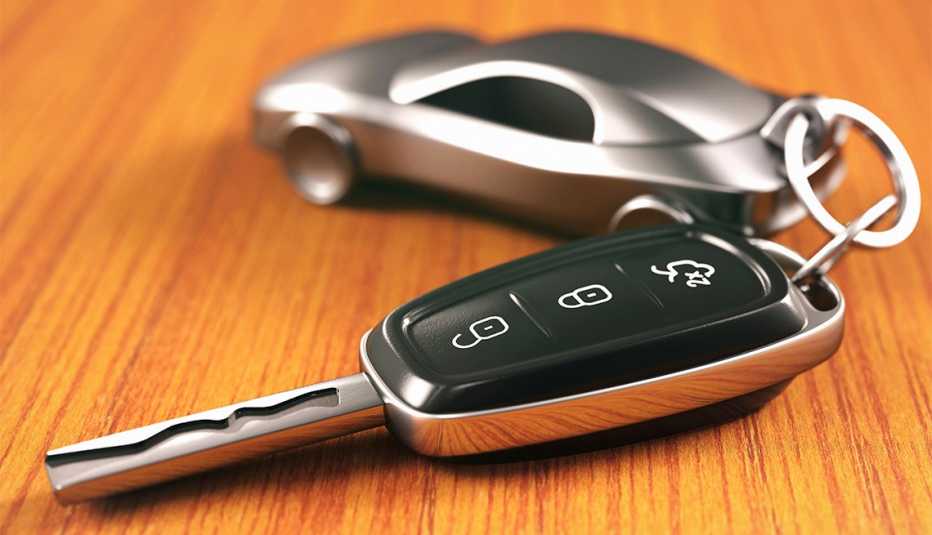AARP Hearing Center
Replacing a vehicle right now can be expensive. A shortage of new cars has pushed demand higher for quality used automobiles, resulting in premium prices. So consider spending a few dollars to keep your current car in top condition rather than paying thousands extra to replace it.
Keeping your car on the road longer is about being mindful of the way it operates when it comes to both efficiency and safety, says Trish Serratore, senior vice president of communications at the National Institute for Automotive Service Excellence (ASE)


AARP Membership— $12 for your first year when you sign up for Automatic Renewal
Get instant access to members-only products and hundreds of discounts, a free second membership, and a subscription to AARP the Magazine.
“Regular maintenance is essential in keeping a car running,” Serratore says. “As you drive every day, your brakes, oil, coolant and other essentials get used — and eventually that also means getting used up.”
Paying attention to the small things has paid off for Taylor Fleury, of Suffolk, Virginia, who has a special relationship with a 1988 Toyota Tercel. Fleury and his nine siblings bought this car for his parents’ 30th anniversary because it was just like the one the couple had on their wedding day.
The car has around 111,000 miles on it, and Fleury’s father is responsible for about 13,000 of those. Fleury has taken responsibility for maintaining the car and keeping this gift on the road. “Treating an old vehicle with respect — not viewing it as a ‘beater’ and simply performing routine maintenance will go a long way in preserving older vehicles,” he says.
Not all of us are driving cars that are more than 30 years old, and Terry acknowledges keeping the Toyota going can be a bit different because of the older technology. “It does help to understand how older vehicles were built and engineered differently than modern vehicles as well,” he says.
You may not want to keep your car on the road for three decades, but here are five inexpensive ways to keep your car running longer.
Let the car warm up
You wouldn’t ask an Olympian to hop right out of bed and run his/her best 20-mile time, so don’t expect the same from your car. Just as an athlete would warm up with some light exercise before a big race, your vehicle needs to do the same.
That means allowing the car to idle a few minutes during the first start of the day. This lets the moving parts begin at a leisurely pace and gets the essential fluids flowing properly.
People who live in colder climates know about “warming up” a car on a winter morning. That often can get mistaken for just getting the interior nice and toasty. But when a heater is working on a cold day, it also means your car’s engine has warmed up enough to be ready to hit the road.
Even if your car is parked in the Florida sun, if it sits overnight or longer, take a few minutes to let it idle and get comfortable. It helps ensure all components are operating at their proper temperature, and less stress equals longer automobile life.
Keep your car clean
A good-looking car is always nice to have, but there are real benefits to keeping it clean. A full wash every few weeks and a full waxing every few months gets rid of debris and protects the paint. This helps prevent corrosion on the body panels.






























































